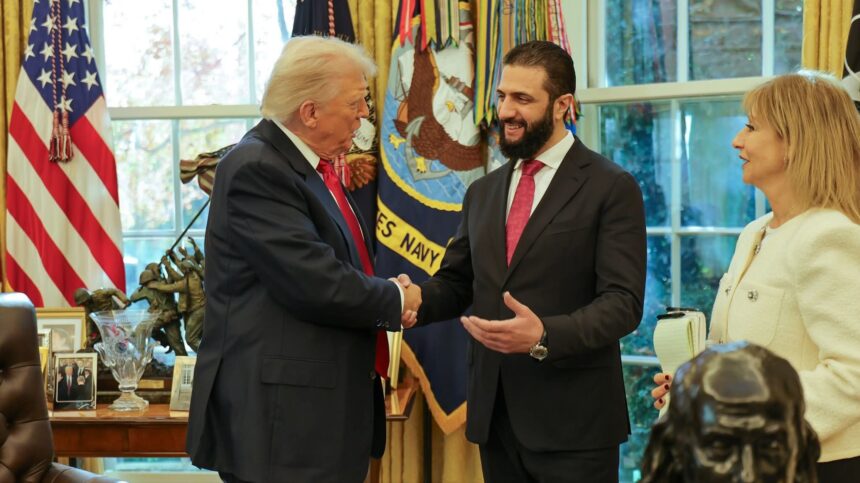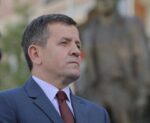Syrian President Ahmed al-Sharaa visited the White House on Monday and met with U.S. President Donald Trump, a historic development after decades of conflict and leadership changes in Syria.
Sharaa, 43, a former leader of al-Qaeda’s branch in Syria and previously detained by U.S. forces in Iraq, now serves as the interim president of Syria and seeks close partnership with the United States for post-civil war reconstruction.
The meeting follows a series of steps by the Trump administration to ease sanctions on Syria. The U.S. Treasury Department issued an order suspending Caesar Act sanctions for six months, while Sharaa and Syrian Interior Minister Anas Khattab were removed from the State Department’s list of global terrorists. These measures aim to facilitate Syria’s access to international finance and rebuild destroyed infrastructure, including healthcare systems.
However, significant challenges remain. Sharaa faces skepticism due to sectarian violence that has killed thousands in the past year and massacres carried out by forces under his command across various regions of Syria. External experts warn that these incidents could undermine the country’s transition and the international community’s willingness to support Syria’s recovery.
Trump and Sharaa displayed clear personal respect and strategic alignment, while Sharaa seeks to join the U.S.-led coalition against the Islamic State, aiming to stabilize the country and reintegrate it into the international arena after decades of war and isolation.
Meanwhile, Syria continues to confront major economic and political challenges as it attempts to rebuild and ensure inclusive governance, including the protection of minorities and respect for citizens’ rights.
Ultimately, Sharaa’s visit to the White House and the easing of sanctions reflect Syria’s efforts to re-enter the global stage, but challenges regarding stability and justice remain evident.







